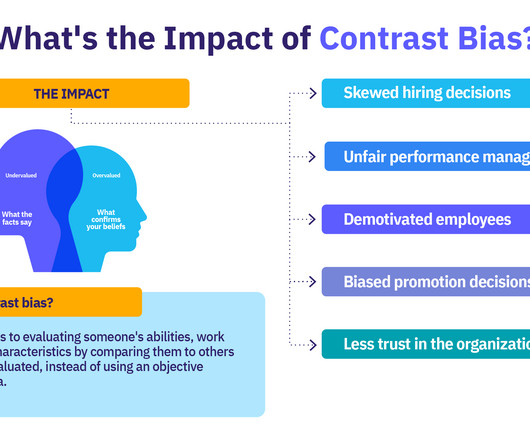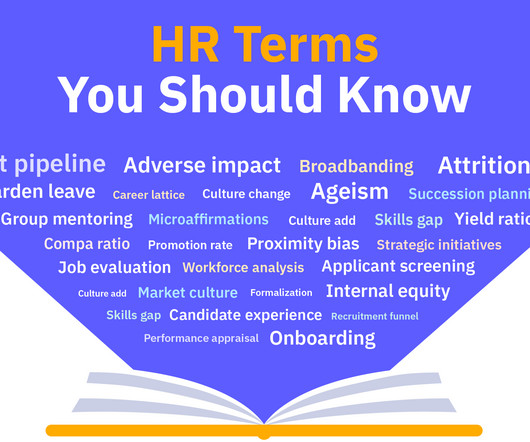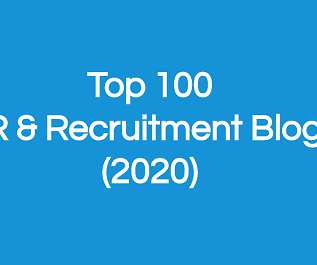The State of Job Descriptions: Trends, Best Practices, & AI-Powered Optimization
Ongig
APRIL 8, 2025
It also sets the right expectations by hiring candidates based on their competencies. Recruiting people because of their competencies ensures their abilities can directly support business goals. Competencies vs Credentials AI-powered tools accelerate this trend by helping companies focus on competencies rather than credentials.


















Let's personalize your content